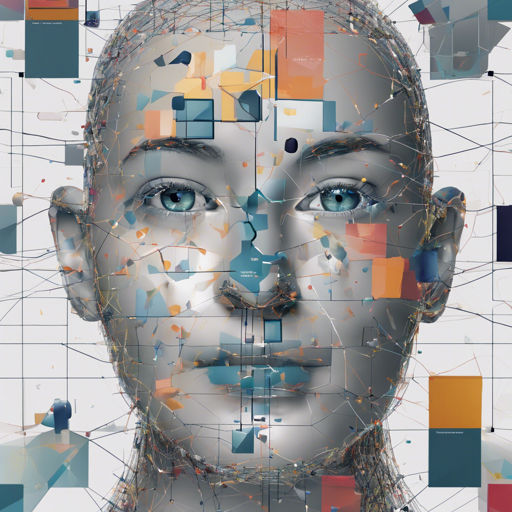In the world of machine learning and artificial intelligence, the ability to turn visual data into meaningful information is paramount. Enter Imgbeddings, a Python package that opens the doors to generating embedding vectors from images using OpenAI’s robust CLIP model via Hugging Face’s transformers. Whether you want to create an image classifier or calculate image similarity, this guide will walk you through the intricacies of generating image embeddings efficiently.
Getting Started with Imgbeddings
Before diving into the coding aspects, let us understand what an image embedding is. Imagine a large library filled with books: every book represents an image, and the embedding is like a summary of the essence of that book. Instead of reading each book, the embedding allows us to quickly grasp what it’s about, making searching and classifying much easier.
Installation
To install Imgbeddings, simply run the following command:
pip3 install imgbeddingsGenerating an Image Embedding
Now let’s work through a quick example where we generate an embedding for a cute cat photo. Follow these steps:
- First, download the photo from the internet:
import requests
from PIL import Image
url = "http://images.cocodataset.org/val2017/000000000039769.jpg"
image = Image.open(requests.get(url, stream=True).raw)from imgbeddings import imgbeddings
ibed = imgbeddings()ibed = imgbeddings(patch_size=16) # For more granularityembedding = ibed.to_embeddings(image)
print(embedding[0][0:5]) # Prints the first five elements of the embeddingThis snippet generates a 768D numpy vector that holds the essence of the cat photo, ready for further machine learning tasks.
Real-World Use Cases
Imgbeddings can be employed in multiple practical scenarios. Explore some examples:
- Cats vs. Dogs: Utilize image clustering and build a cat-dog classifier.
- Pokémon: Implement a most-similar image search.
- Image Augmentation: Assess how generated embeddings withstand altered inputs.
Troubleshooting and Considerations
While Imgbeddings offers great functionalities, a few points must be considered:
- CLIP was trained solely on square images. Images that are too wide or tall (with a dimension ratio over 3:1) may not yield robust embeddings.
- Imgbeddings focuses solely on image data and does not leverage the link between image and text.
- For downstream tasks that combine images and text, it is advisable to feed both inputs to the model for better results.
If you encounter any issues during installation or while running your code, verify that you have the correct versions of all dependencies. For more insights, updates, or to collaborate on AI development projects, stay connected with fxis.ai.
Ethics and Responsibility
It’s important to acknowledge the inherent biases that may exist within models like CLIP. Always conduct thorough quality checks across a diverse set of inputs through your project. Being responsible for the application of such image embeddings is essential, and Imgbeddings is not accountable for any malicious misuse.
Max’s Vision
At fxis.ai, we believe that such advancements are crucial for the future of AI, as they enable more comprehensive and effective solutions. Our team is continually exploring new methodologies to push the envelope in artificial intelligence, ensuring that our clients benefit from the latest technological innovations.

